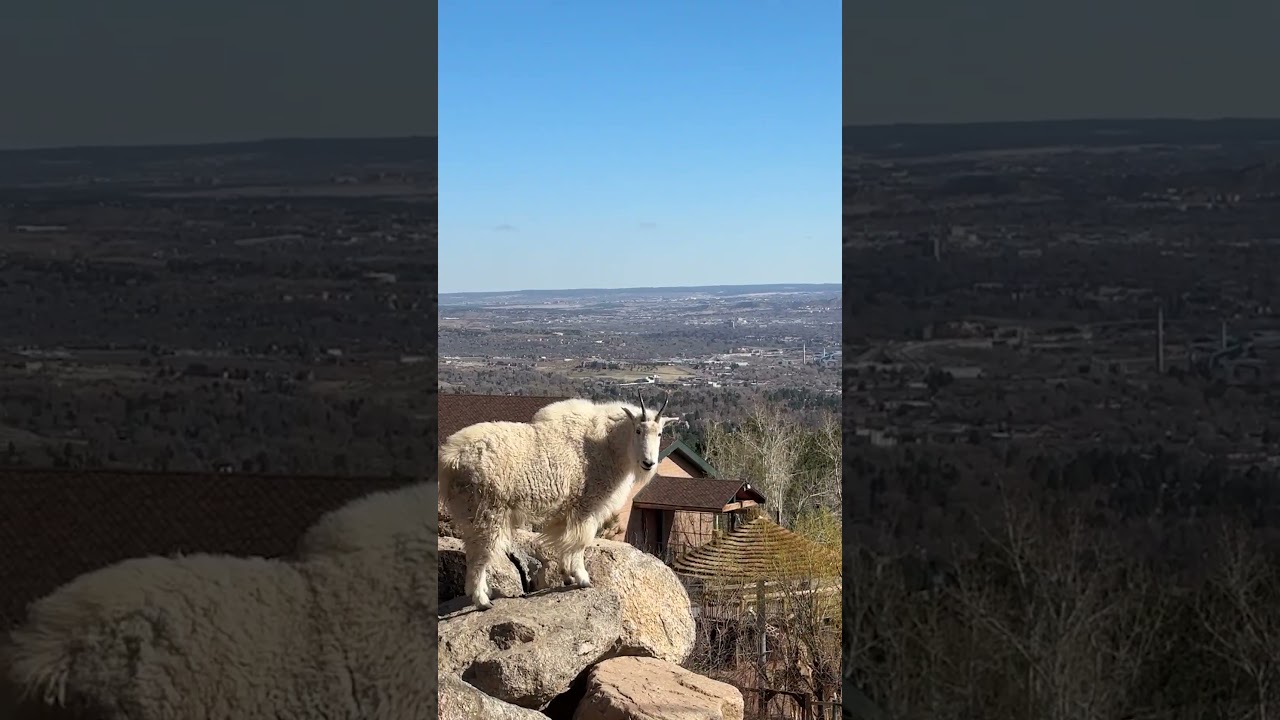– The psychological impact of being constantly monitored on animal behavior and welfare in zoological settings.
– Strategies for implementing privacy and seclusion areas in zoo enclosures to mimic natural habitats and reduce stress.
– Technological advancements in unobtrusive wildlife observation and their implications for conservation efforts.
– The balance between public engagement/education and the privacy needs of zoo animals.
– Ethical considerations and best practices in zoo management and wildlife conservation with a focus on surveillance and privacy.
“I always feel like somebody’s watching me!” This phrase, though reminiscent of a classic 80s tune, echoes a sentiment that can be very real for animals residing in zoo environments. The sense of being under constant observation is not only a human concern— it also has a significant bearing on the behavior and welfare of captive animals. As we explore these themes, we’ll traverse topics such as the psychological impacts of monitoring, adaptations in zoo management, advancements in wildlife observation technology, and the ethical balance necessary for education and animal well-being.
The science of animal psychology firmly recognizes that being under perpetual watch can affect animal behavior. Recent studies have indicated that certain species may exhibit signs of anxiety and stress when they are aware of being observed. Without sheltered areas where they can retreat and engage in natural behaviors away from the public eye, zoo animals may show symptoms such as pacing, over-grooming, or aggression—indicative of compromised welfare.
Recognizing this, progressive zoos are working to design enclosures that provide creatures with hidden niches, offering them the opportunity to escape observation. Adding a few bushes or rocks is not a simple task; it involves a thoughtful analysis of the specific species’ natural habitats and behaviors, often relying on specialized enclosure design. These refuges are critical for reducing stress and encouraging natural behaviors that are vital for breeding programs and the physical and mental health of the animals.
However, granting animals privacy while fostering public engagement presents a distinct challenge. Zoos serve as windows into the lives of species we rarely see in the wild, playing a critical role in education and inspiring conservation action. Balancing this mission with the need for animal privacy demands creative solutions—from hidden viewing areas to one-way glass installations that enable discreet observation.
Continuing along the observation theme, technological innovations are transforming how we monitor wildlife, both in zoos and natural habitats. Camera traps, drones, and remote monitoring systems now allow for intimate views into the lives of wild animals without human presence, potentially altering their behavior. In the field of wildlife conservation, this less invasive surveillance enables scientists to study animals in their natural settings, collecting valuable data that inform preservation and recovery strategies for threatened and endangered species.
Beyond the hardware, the software—such as AI and machine learning—analyzes immense volumes of data for behavioral patterns, population counts, and even individual animal recognition. These tools are indispensable for monitoring poaching activities in protected areas and tracking animal migrations that span continents and oceans.
This high-tech approach to observation may feel to some like a detachment from nature, but it significantly heightens our ability to protect and conserve it. The insights gleaned from unobtrusive monitoring equip conservationists with the evidence needed to push for policy changes and habitat protection measures, ensuring the survival of species integral to our planet’s biodiversity.
Ethical considerations are ever-present in discussions about zoo management and wildlife observation. Zoos and aquariums accredited by the Association of Zoos and Aquariums (AZA) are held to rigorous standards, ensuring that animal welfare is at the forefront of their operations. This includes providing animals with environments that cater to their innate needs, including the need for privacy.
Best practices in zoo management recognize the importance of mimicking natural environments to create spaces where animals can thrive. Research continuously refines these practices, drawing on behavioral science, conservation biology, and veterinary expertise. This interdisciplinary approach is key in progressing towards a future where zoos serve as arks for endangered species and as centers for conservation science and public education that foster a deeper connection between humans and the natural world.
“I always feel like somebody’s watching me!” can resonate with animals as much as humans do. But we can alleviate the watched feeling for animals through conscientious zoo management and innovative approaches to wildlife monitoring while supporting vital conservation and education missions. The promise of privacy is not just a consideration but a fundamental aspect of responsible animal care and environmental stewardship. Through these efforts, zoos and wildlife conservationists are setting the stage for a future where we watch over animals, safeguarding them and their habitats without making them feel like they’re always being watched.
*****
Source Description

